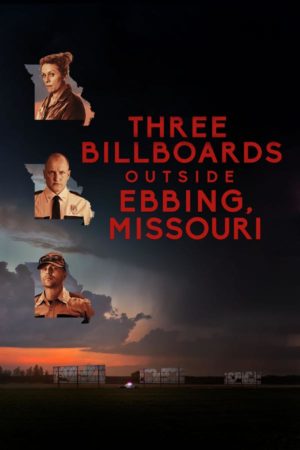
The key to creating a narrative that simultaneously remains open-ended but feels closed lies in completing the character arcs.

The ambiguous ending of Three Billboards - and, I’d argue, of all the films I mentioned above and most of all films that feature ambiguous endings - works because of one simple reason. He doesn’t even share if Mildred ever finds who murdered her daughter. He doesn’t share the aftermath of their decision, or if they find the man at all. McDonagh doesn’t share if Mildred and Dixon continue on and kill the man. Then we cut to black and the credits roll. She comes head-to-head with Chief Willoughby and Officer Dixon, wracked with guilt and anger over what happened to her daughter.īut, in the end, spoiler alert, after Mildred and Dixon team up to find and kill a man they suspect has done equally heinous crimes as the one committed by the man who ended her daughter’s life, both admit they don’t know if they’ll go through with it. Mildred’s actions reverberate around the town, through her personal life, and into that of the people around her. The story follows Mildred Hayes, a tough single mother, as she goes up against the local police force that has seemingly ignored the case of her daughter’s rape and murder. Take Martin McDonagh’s Three Billboards Outside Ebbing, Missouri, which recently won four Golden Globe Awards and three Critic’s Choice Awards. There is a reason that these films, despite leaving a huge question in the minds of the audience members, feel complete. American Psycho, Shutter Island, The Graduate, Inception, Birdman, Black Swan, Donnie Darko, even this year’s The Shape of Water - the list goes on.


 0 kommentar(er)
0 kommentar(er)
